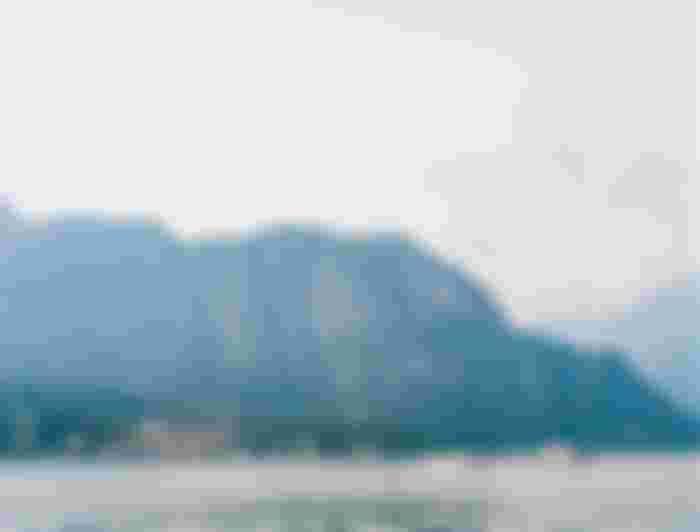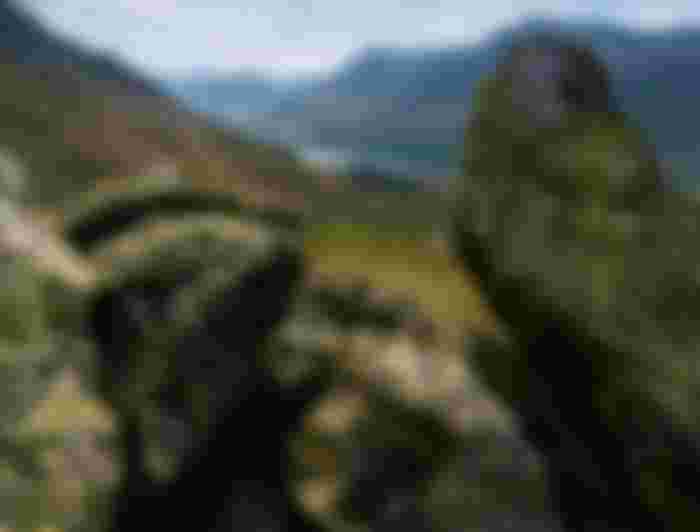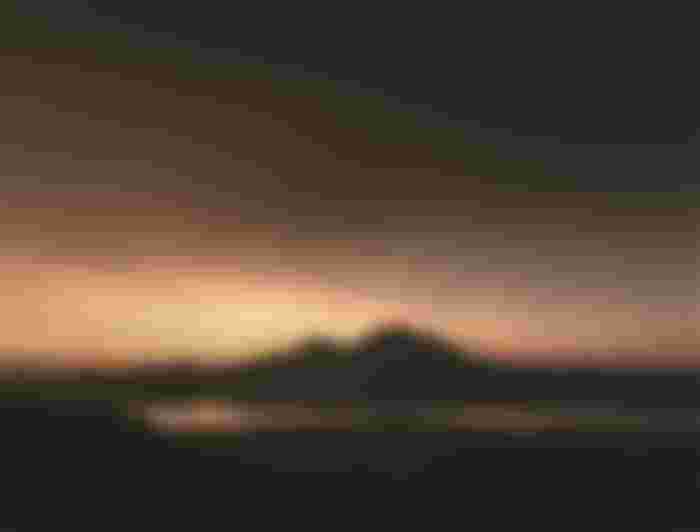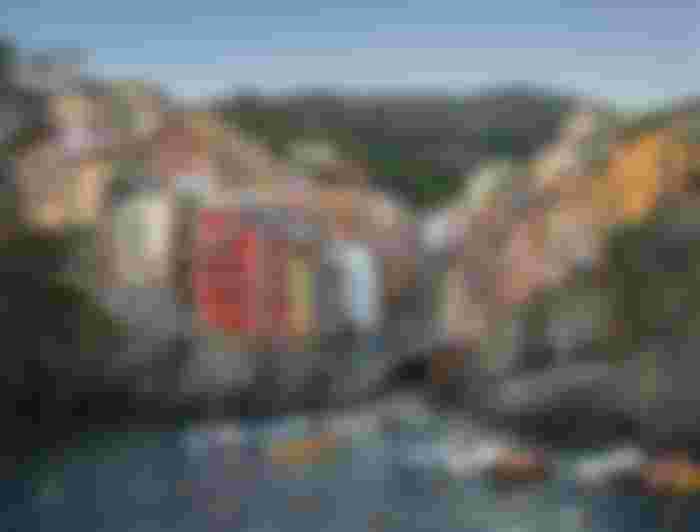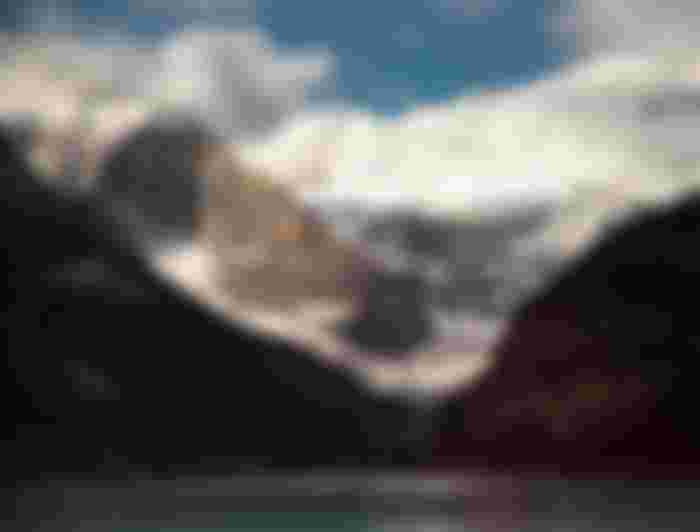The 10 most beautiful lakes in the world are nature's paradise
Lakes are watercourses surrounded by land and can be regular or man-made. It is home to a variety of ocean animal groups such as fish, warm-blooded creatures, reptiles, plants, etc. There are a large number of lakes all over the planet and they are found in every type of climate including rugged areas, fields and deserts.
They vary in size and usually a few small lakes are referred to as lakes while some large lakes are known as oceans. The Caspian Sea, in Europe and Asia, is the largest lake in the world, while the most difficult-to-understand lake on the planet is found in Russia, known as Lake Baikal. The water in lakes comes from several sources such as precipitation, snow, bays, and streams.
Here is a summary of the 10 best lakes on the planet which are considered nature’s paradise:
1. Laguna Colorado, Bolivia
Laguna Colorada, also known as the Red Tide Pond, is a shallow salt lake located in the southwest corner of the Bolivian Elevation at 14,000 feet.

The lake is filled with white islands of borax and is found in the wonderful Eduardo Avarua Andean Animal Sanctuary, which is home to different types of plants including jaguars, reptiles, fish, Andean foxes, cats, alpacas, llamas, etc.
The lake's shocking red color is due to the red residue and green growth in the water. Desert tremors and salt stores are largely found around the lake. There is also a popular holiday destination, Salar de Uyuni.
The Lake is a significant fascination for flamingos-James', Chilean and Andean flamingos, out of which James flamingo species are one of the most extraordinary and jeopardized ones. However the flamingos are white, the colored red tone of the green growth stains their plumes and in this way makes them seem pink.
2. Lake Kawaguchi, Japan
One can see the notable spring of gushing lava Mount Fuji, which is the most elevated mountain at 3,776 meters in Japan. It is the most open lake out of the Fuji Five Lakes.

The best and ideal opportunity to visit Lake Kawaguchi is in spring (mid to late April) and pre-winter (right on time to mid-November) and one can even see dazzling perspectives on Mount Fuji with grounds covered with red maple leaves or cherry blooms.
The scenic view of the lake and Mount Fuji will hypnotize you. One can even visit Kawaguchiko Music Forest, which is an absolutely amazing and amazing little amusement park located on the northern shore of the lake.
Located on the north bank of the lake, the Itchiku Kubota Museum is an incredibly exquisite workmanship exhibiting hall awarded to craftsman Kubota Ichiko.
3. Lake Baikal, Russia
Lake Baikal or the “Pearl of Siberia” is not the most established lake, its age is 25-30 million years, but at the same time it is the largest and most dense freshwater lake on the planet. It is located in the South Siberian region of Russia and was declared a UNESCO World Heritage Site in 1996.

The lake is very beautiful and amazing. In addition, the lake is referred to as the Holy Sea. The lake is also the serenity of the lakes on the planet, credited with the virtue of melted ice. It is possible to get more information about 130 of the study place.
At its end on the lake the name "Galapagos of Russia" is home to a variety of evergreens, the greater part of which is endemic. The formations the creatures here are 'nerpa
4. Lake Bihu, Chile
Lake Pehoé is located in the Magallanes region in southern Chiles in the Torres del Paine National Park. Lake watching by watching by watching 10 km. The lake is home to many exotic and exciting greenery, including brushing wild Guanaco
The clear water is well deserved, it looks unimaginably cool and wonderful. There is the Salto Grande Range that delves into the northeast of the lake and towards the southeast, the Salto Chico Range.

5. Lake Wakatipu, New Zealand
Evening Being the jewel in Queenstown's crown, Lake Wakatipu has been used as a transportation strategy, but today is a holiday destination. It is the longest and third largest lake in New Zealand with a width of 80 km.
The lake is very deep, and it sinks below ocean level. It was first discovered by the Scotsman Donald Hay in August 1859, but the lake was formed by ice blocks 15,000 years ago.

Queenstown Scenic Cruise is an enchanting way to cruise every part of the lake and the snow-capped landscape is breathtakingly dazzling and heavenly. Is this fun?
The area is also popular for kayaking and canoeing. In view of its strange shape, it makes the lake and decreases by about 20 cm after every thirty minutes.
6. Crater Lake, USA
Crater lake is a distinct lake originating from a volcanic eruption, Mount Mazama. It is a captive lake in America with a depth of 1,943 feet. The lake is precipitation.
There may be other destinations in the ocean. The lake is also the friendliest and most visible. The lake is covered with 43 feet of natural snow which is similarly a snowy spot in America. Vidae Falls is amazingly beautiful and breathtaking.

There is also a public park Crater Lake Park where one can start with biking, climbing, or walking in first shoes.
The park is also home to natural life such as elk, cats, and deer, and it is only natural to find squirrels. In addition, around the time of the evening, the sky is clear and luminous with stars and one can also see satellites or planets.
7. Lake Pichola, India
, This is called the City of Lakes, perhaps the most superficial and perfect mistake in India With a wealth of lakes and a marble palace, this beautiful city, there is Lake Pichola.
Established in AD 1362, Lake Pichola is one of the most experienced and most beautiful lakes in Udaipur. The lake is known for its great views, the incredibly clear blue bay. One cannot miss while driving.

There are two islands, Jag Niwas and Jag Mandir which are arranged within Lake Pichola. See Jag Mandir as a popular target for some vacationers. There is also a wonderful lodge named after the lake, the Lake Pichola Hotel, developed by Maharana Udai Singh II in 1559 AD on the shores of Lake Pichola.
8. Lake Tahoe, USA
Sierra Nevada Mountains region.
About two-thirds of the lake is located in California and one-third in Nevada. The large and pleasant views will leave you hopelessly smitten with the site.

Kayaking is the most daring action one can take, right up to the end of the trip in conceivable views of nature. The lake is more than two million years old and a mile long. Research value that water is very pure with 99.994% of gloss and clarity.
Emerald View East Side and Emerald Cove (West Side) by that name. The lake is also famous during winters winter with its snow and is a great place for skiing, snowboarding, etc.
9. Lake Como, Italy
Formed similar to a changed letter "Y", Lake Como is probably the most common lake in Europe. In earlier days, the lake "Lario" watch meant "deep spot". The state of the lake is a direct result of glacier liquefaction combined with disintegration caused by the ancient stream, Ada.
It is the third and most popular holiday destination in Italy. Lake Como is also famous for the highest level of rainfall in Italy. The surrounding mountains will be summer.

well-known ferries on the lake fishing and swimming; Best swimming from July to August. The lower regions of the Pizza Mountains are a wonderfully sweet climbing decision with a cool, cool universe. Isola Comacina is the main island located in Lake Como.
10. Moraine Lake, Canada
Moraine Lake is located in Banff National Park in the Valley of Ten Peaks. It's a cool kept lake with great scenic mountaintop views and gets an amazing hue of turquoise due to the refraction of the light.
The area around the lake is popular for climbing. The Rockpile Trail is the most popular climbing trail, and the view from this trail is breathtakingly stunning.

Otherwise, the lake is called a “twenty-dollar landscape” figure, and the lake is so named for the lake in which the lake was imprinted on the back of the 1969 and 1979 issues of the Canadian twenty-dollar banknote. There are many types of fish in the lake located in the Mediterranean region, Lake Whitefish, and trout.
Lakes are basically a beautiful sight and should be protected. The biggest danger that lakes face is the ocean, which makes the ocean to marine life as well. It should eliminate the privilege of nature and also prevent others from tarnishing it.

